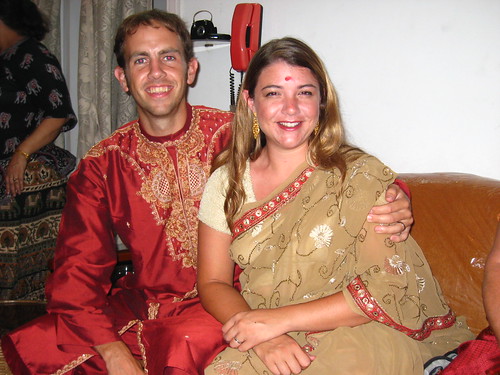Last time I was in India, almost 4 years ago in Kolkata, the mix of vehicles on the road was as follows:
- About 50% of the cars were taxis or hired cars, most of which were Hindustan Motors Ambassadors. These generally burned diesel fuel with very little emissions controls.
- The other half of cars were private and usually small gasoline cars made by Tata with a few diesel Ambassadors as well.
- There were many public buses, which were giant wooden and sheet metal monsters which spouted massive amounts of diesel exhaust.
- A fair number of private scooters and motorcycles, usually small Japanese models made under agreement locally.
- A sprinkling of Autorikshaws.
Needless to say, the smog was terrible and the traffic was not much better.
Fast forward to now, and in different parts of India and this is the mix.
- Almost no Ambassadors.
- A fair number of modern small private cars, often a Tata Indica or similar.
- Public buses, but at least in Delhi they all now burn CNG. Elsewhere they seem to be either CNG or at least clean burning diesel.
- A ton of scooters and motorcycles. Similar local Japanese brands, often made by Hero Honda. I looked up on wikipedia last night and somewhere it said that 70% of all registered vehicles in India are two wheelers.
- Millions of autorikshaws. This seems currently to be the dominant form of taxi cab all over India. In Delhi these all ran on CNG, and in smaller cities they at least are pretty new and run on gas.
The difference in smog with this new mix of cars, especially in a big city such as Delhi is shocking. It is almost hard to believe that it is the same country as Kolkata 4 years ago from an air quality prospective. Also, traffic in a big city like Delhi is still really bad, but the nice thing about the high percentage of two wheelers and autorikshaws is that they take very little space up on the road, and people drive such that every inch of the road is used.
I am sure safety is a problem, especially because a whole family of 4 will often ride one motorcycle, with the wife riding on the back both legs on one side, holding an infant. However, it is nice to see that India seems to have stumbled into a mix of vehicles that suit the roads and the population density of the country. There is no way that India could function in everyone had a regular car, but since the explosion of vehicles that is sure to follow the current economic prosperity has been focused on two wheels, it does seem sustainable.
We will see what it looks like when we make it to Kolkata in a month, but hopefully a similar change has happened there.
Subscribe to:
Post Comments (Atom)

No comments:
Post a Comment